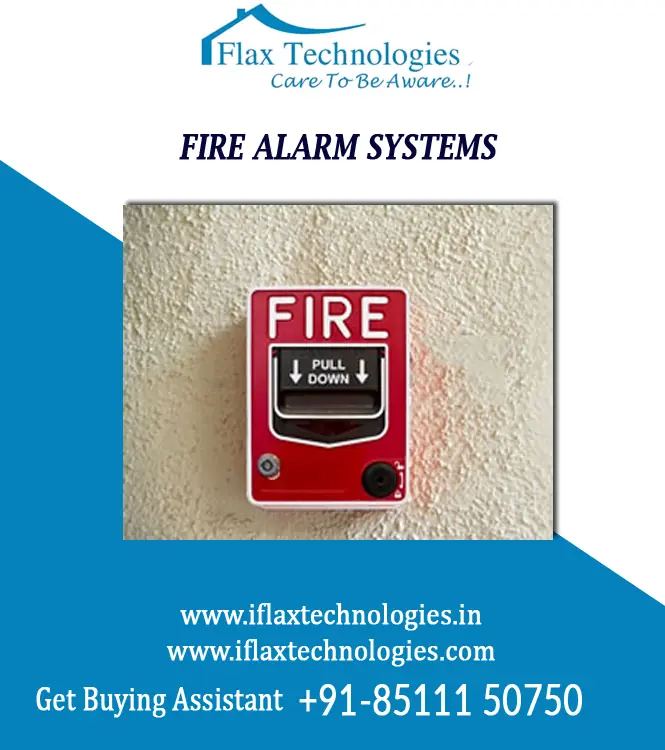Fire Alarm Control Panels
A fire alarm system is number of devices working together to detect and alert people through visual and audio appliances when smoke/fire is present. These alarms may be activated from smoke detectors, and heat detectors. They may also be activated via Manual fire alarm activation devices such as manual call points or pull stations. We have all brands fire alarm system in ahmedabad, gujarat based.
Types of systems There are generally two types of fire alarm systems, Collective and Addressable Collective
On very simple terms, a collective fire alarm system is one that comprises one or more circuits, with detectors connected in parallel. An alarm signal is received at the fire panel when the current on a circuit increases due to the alarm operation of one of the detectors on that circuit. In modern detectors there is may also be fitted an alarm status indication, often a light emitting diode or LED.
One of the limitations of a collective systems is that the control panel is unable to identify the status of each detector of the circuit. Another way to describe this is that the control panel is only able to display the alarm or fault status of a circuit, not each detector on the circuit.
In an addressable system, each detector has the ability to identify itself and its current status. Over the years, the level of sophistication of detectors and systems has greatly increased. This includes collecting more information about the conditions surrounding each detector including the many bi-products of combustion and other environmental factors.
There are many advantages of addressable systems including the ability to more effectively handle contamination over time that leads to nuisance (false) alarms, improved detection of fires and the ability to identify the precise location of a detector and its current condition or state.
While we have described the two types of systems there exists variations to these basic types including fire panels that include both collective and addressable features. Generally these systems are addressable systems with additional c.i.e to provide collective functionality.


